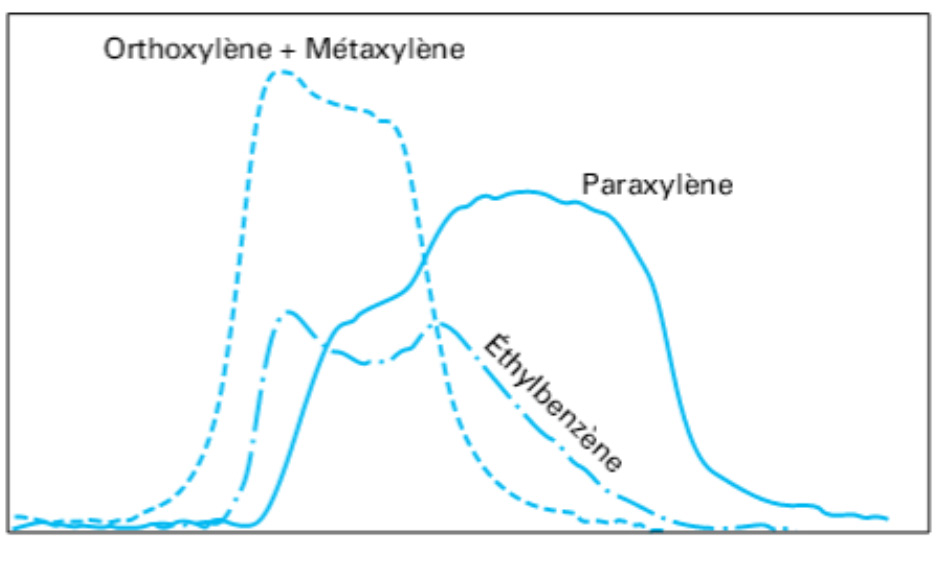The development and optimization of chemical processes increasingly involves the instrumentation of pilot and industrial units with inline effluent analysis technologies, capable of supplying relevant, rapid and reliable information. In addition, the miniaturization of pilot tools has led researchers to study the contribution of spectral analysis solutions requiring no sampling, while ensuring the rapid availability of data on multiflow schematics, without disrupting media.
Hence Ramana spectrometry has proved to be a relevant method, capable of supplying spectra offering a wealth of chemical information(1). Furthermore, the use of fiber optics enables the use of a remote analyzer. Combined with this technique, chemometrics make it possible to predict the amount of each component of the analyzed mixture from the spectrum obtained.
During the construction of a pilot facility for a new eco-efficient xylene separation process, Raman technology was chosen(2) for the remote measurement of Raman: the secret of a successful separation the concentrations of the various aromatic compounds, including paraxyleneb.
The system is composed of a laser, optical fibers, multiplexed probes, a spectrometer and a computer with integrated analysis software and predictive models. Integrated probes are used to perform direct measurement in the fluid flow, on very low quantities of product, without sampling.
This is a winning choice in terms of real-time access to the concentrations of the components used in the process (figure), on three flows simultaneously, without destabilizing the flows.
Using this solution, the concentration profiles of various hydrocarbons can be obtained in real time, making it possible to monitor and optimize the separation process, saving precious time in terms of the overall process.

a - Non-destructive optical method to observe and characterize the molecular composition and external structure of a material.
b - A key intermediate in the manufacture of PET (plastic bottles, textiles, etc.).
c - A complete recording every 15 minutes.
(1) P. Marteau, N. Zanier-Szydlowski, A. Aoufi, G. Hotier, F. Cansell, Remote Vibrational Spectroscopy 1995.
DOI: 10.1016/0924-2031(94)00050-Q
(2) D. Gonçalves, M. Lacoue-Nègre, M. Josserand, O. Delpoux, C. Laroche, J. Pérez Pellitero, Chimiométrie 2018; CNAM, Paris, 30-31/01/2018
Scientific contact: arnaud.cordier@ifpen.fr





